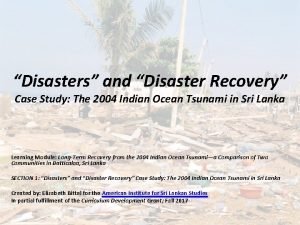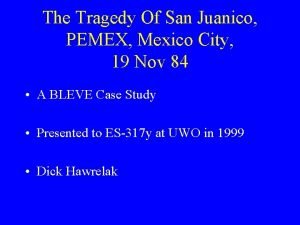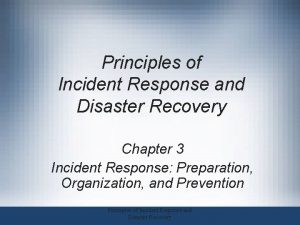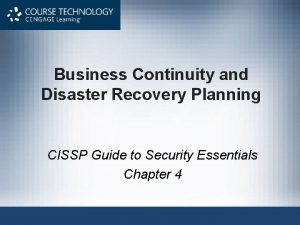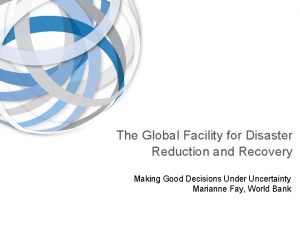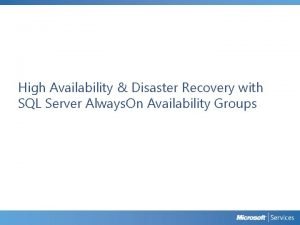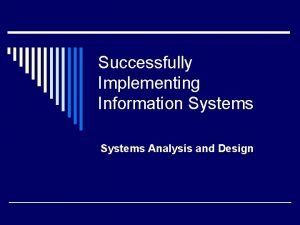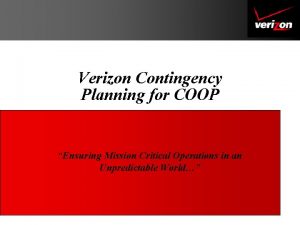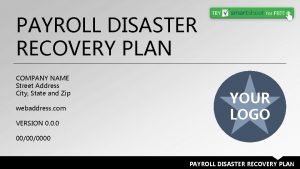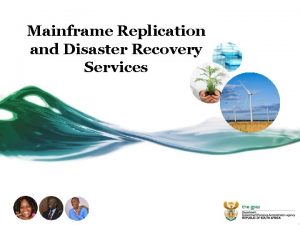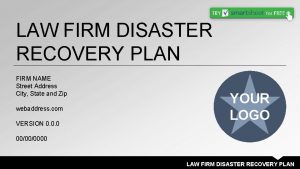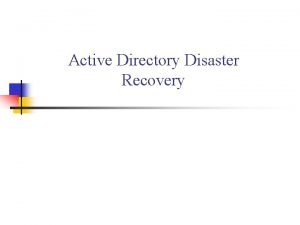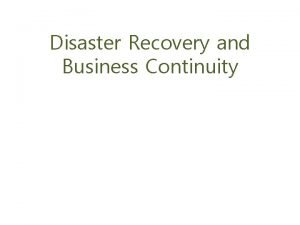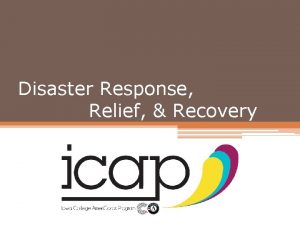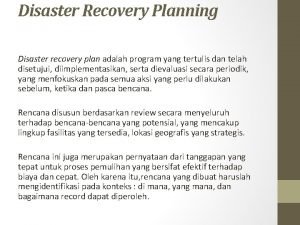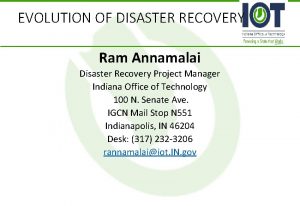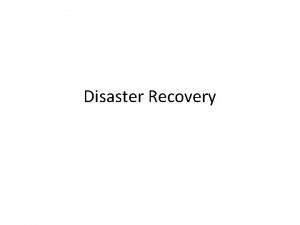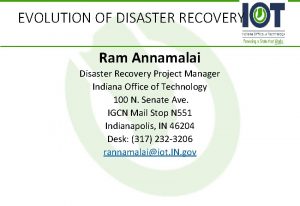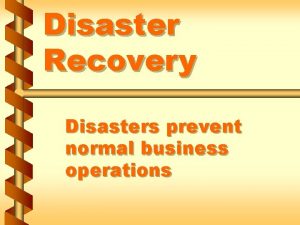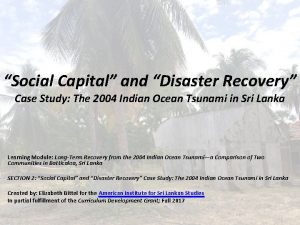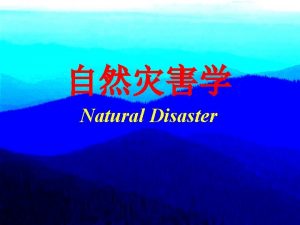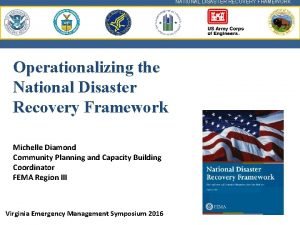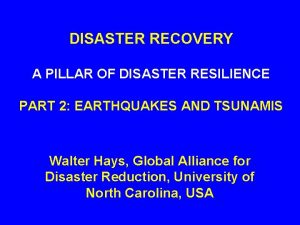Disasters and Disaster Recovery Case Study The 2004



















- Slides: 19

“Disasters” and “Disaster Recovery” Case Study: The 2004 Indian Ocean Tsunami in Sri Lanka Learning Module: Long-Term Recovery from the 2004 Indian Ocean Tsunami—a Comparison of Two Communities in Batticaloa, Sri Lanka SECTION 1: “Disasters” and “Disaster Recovery” Case Study: The 2004 Indian Ocean Tsunami in Sri Lanka Created by: Elizabeth Bittel for the American Institute for Sri Lankan Studies In partial fulfillment of the Curriculum Development Grant; Fall 2017

Key Concepts and Topics: • • What is the 2004 Indian Ocean Tsunami What is the “Sociology of Hazards and Disasters” What is a “disaster”? What is “disaster recovery”? How is “disaster recovery” a theoretical concept? What is “sustainable recovery”? What is “development” (in the context of disasters and disaster recovery)?

Key Concepts and Topics: What is the 2004 Indian Ocean Tsunami What is the “Sociology of Hazards and Disasters” What is a “disaster”? What is “disaster recovery”? How is “disaster recovery” a theoretical concept? How are social inequalities and “vulnerability” linked to the disaster cycle? • What is “sustainable recovery”? • What is “development” (in the context of disasters and disaster recovery)? • • • – What is “cultural competence”?

Learning Objectives: • Understand: – Interpret the meaning of “disaster” as a concept that is multifaceted and has multiple definitions. – Summarize and compare three different types of “disasters” • Analyze: – Analyze ways in which their own communities may be vulnerable to a specific type of disaster – Define “sustainable disaster recovery” and differentiate it from a simplistic definition of “disaster recovery”

What is a “Disaster”? • DISASTER: “a situation involving a natural hazard which has consequences in terms of damage, livelihoods/economic disruption and/or casualties that are too great for the affected area and people to deal with properly on their own…” (Wisner et al. 2012; 30) • Three types of disasters (not mutually-exclusive categories): 1. “Natural Disasters” 2. “Technological Disasters” 3. “Man-made Disasters” • Can you think of of examples for each “type” of disaster?

What is a Disaster? • A cycle: (Tierney 2007) – Starting point – Onset of hazard event – Period of emergency – Relief & recovery – Long term recovery • “Communities” in disasters – Social capital and social networks

“Communities” and Inequality • Not all communities experience disasters in the same way • Community can be defined in many different ways – When looking at the case of Sri Lanka in the 2004 Indian Ocean Tsunami, we define “community” as a “Grama Niladhari division” (or GN Division)

2004 Indian Ocean Tsunami • This video is a BBC Special Report about the tsunami immediately following the 2004 Indian Ocean Tsunami on December 26, 2004 (click here to open a link to the video):

Context • 2004 Indian Ocean Tsunami as a “megacatastrophe” • In Sri Lanka alone, more than 35, 000 people were killed and roughly 70% of the small island’s coastline was affected • Sri Lankan Civil War (19832009) • “Community” defined as Grama Niladhari Divisions • “GN Person” or village leader is a government appointed position Map of Tsunami and Conflict Impacts in Sri Lanka (Kleinfeld 2007)

Inequality and Disaster Vulnerability • “Disasters do not affect all members of society equally” (Fothergill and Peek 2004; 89) • “Vulnerability (to a disaster) is a function of exposure (who is at risk) and sensitivity of system (the degree to which people and places can be harmed)” (Cutter et al. 2008, 559). • Vulnerability is a function of social class, gender, race/ethnicity, social capital, and political dis/enfranchisemet among other axes of social inequity (Tierney 2007, Cannon 2000).

ANALYZE: Vulnerability in YOUR Community? • How and why are different communities differentially vulnerable to disasters? • Can you think of the ways in which your own community may or may not be “vulnerable” to a specific disaster?

Disaster Recovery • Disaster recovery is multi-dimensional and is studied by scientists and practitioners from a wide array of fields – Sustainable disaster recovery or “building back better” (Smith and Wenger 2007) • Building a theory of “sustainable communitylevel recovery from disasters”

Vulnerability and Disaster Recovery • Not all communities experience the same levels of pre-disaster vulnerability. – As such, the process of recovery following a disaster event is a function of pre-existing social inequalities (Phillips 2009, Tierney 2006). • Disaster recovery is a non-linear process

Four Types of Disaster Recovery 1. 2. 3. 4. Social Recovery Economic Recovery Infrastructure Recovery Risk Reduction • Can you think of specific examples of each of these types of recovery?

Two Communities and Two Different Recoveries • This case study looks at the recoveries of two different communities on Sri Lanka’s East coast to investigate both: 1. The interplay between “natural” and “man-made” disasters, and 2. Differential recovery as a result of differential vulnerabilities (ethnicity and religion) • The communities: – One Tamil/Hindu Community – One 100% Muslim Community

For Example: Infrastructure Recovery Tamil/Hindu Community In Kallady, Batticaloa Muslim Community in Kattankudy, Batticaloa

Disaster Recovery and Development • Sri Lanka and the Golden Wave (Gamburd 2013) – The massive wave of foreign aid and resources flowing into Sri Lanka following the tsunami • “Development” • Recovery projects as development project means foreign influence on local cultures

Disaster Recovery and Development in Communities in Batticaloa • Examples of “development” embedded within recovery projects: – Introduction of new household technologies – Introduction of new economies (including tourism) • Cultural Competence: a sensitivity to local cultural norms • Brainstorm: How might the influx of foreign tourists affect local social structures?

Review of Key Concepts and Topics: What is the 2004 Indian Ocean Tsunami What is the “Sociology of Hazards and Disasters” What is a “disaster”? What is “disaster recovery”? How is “disaster recovery” a theoretical concept? How are social inequalities and “vulnerability” linked to the disaster cycle? • What is “sustainable recovery”? • What is “development” (in the context of disasters and disaster recovery)? • • • – What is “cultural competence”?
 What is a disaster
What is a disaster San juanico mexico city
San juanico mexico city Principles of incident response and disaster recovery
Principles of incident response and disaster recovery Backup and disaster recovery mississippi
Backup and disaster recovery mississippi How often should a business continuity plan be tested cissp
How often should a business continuity plan be tested cissp Socio economic trends
Socio economic trends Sql server high availability and disaster recovery
Sql server high availability and disaster recovery Read-scale availability groups
Read-scale availability groups Principles of incident response and disaster recovery
Principles of incident response and disaster recovery Disaster recovery planning in system analysis and design
Disaster recovery planning in system analysis and design Verizon disaster recovery plan
Verizon disaster recovery plan Payroll disaster recovery plan
Payroll disaster recovery plan Name of company
Name of company Mainframe disaster recovery services
Mainframe disaster recovery services Law firm disaster recovery
Law firm disaster recovery Emc business continuity
Emc business continuity Records management disaster recovery plan
Records management disaster recovery plan Oracle disaster recovery plan
Oracle disaster recovery plan Ad disaster recovery planning scenario
Ad disaster recovery planning scenario Disaster recovery audit program isaca
Disaster recovery audit program isaca
